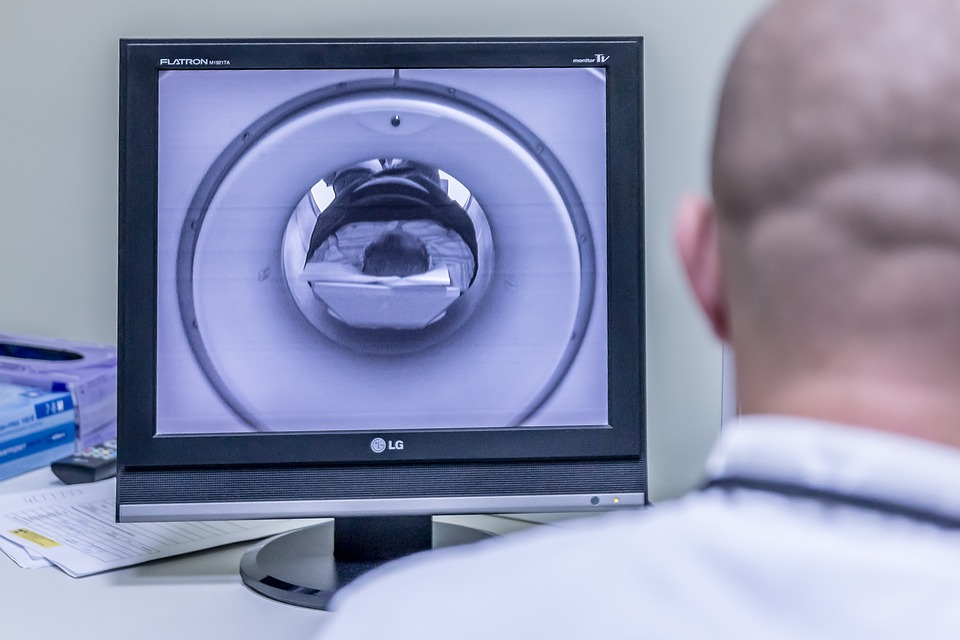
Did you know that the phone and the TV you own emits radiation? Every day of our lives, we are exposed to various forms of radiation. When you think of radiation what comes to mind? Radiation is defined as energy that travels through space or a medium, and is everywhere. The most common form of radiation that every individual is exposed to is sunshine. This is why you should bring some sunscreen when you are enjoying your day at the beach. Most of the time, the amount of radiation is too low to cause you harmful effects in your lifetime. However, radiation protection is important, and we will consider why.
The Other Kinds of Radiation and Protecting Yourself
Besides the sun, which is the primary source of cosmic radiation, there are stronger types of radiation pollution. They are collectively referred to as ionizing radiations. Charged particles produce them in a matter such as gamma rays, X-rays, beta rays and alpha rays.
We cannot feel the ionized radiations because they are produced in low densities from space. However, in high doses they are dangerous, and they can harm living tissue. Therefore, there is a need to have knowledge about how you can protect yourself from high exposures to such radiations.
Radiation Protection.
Radiation protection refers to the security of people and other living things against the harmful effect of ionizing radiations. The progress in medicine has provided physicians with the amazing tools to diagnose patients. Diagnostic imaging techniques such as CT scans, X-rays and fluoroscopy scans are used to give a clear picture of the body. However, during this scan patients are exposed to ionizing radiations. This can lead to the development of cancer.
During the early period of x-ray radiation, the most common effects of radiation were burns. However, there were residual effects which were unknown at the time. With the advancement of technology, harmful effects were discovered. This prompted the need for radiation protection.
What Has Advanced Technology produced for radiation Protection?
Over the past years, lead shielding was the answer to radiation protection. It was useful because it was cheap and plentiful; however, it is very hazardous. As this protective shield was becoming unacceptable, there was a need to come up with new solutions to radiation protection. Here is a look at some of them.
#1. Poly Tungsten.
Poly Tungsten is the solution that radiologists needed for the lead issue. Poly tungsten is a mixture of polymers and tungsten. It has the same density as lead, but is safer and more reliable. The medical industry has replaced most of the lead radiation protection products with poly tungsten. Moreover, it is environmentally friendly.
#2. The Use of Ultrasounds.
Ultrasound imaging, also known as sonography, is one of the technologies which has replaced x-ray. Unlike the latter, ultrasound does not use ionizing radiations. Instead, it uses high frequency sound waves. During an ultrasound exam a gel is applied on the surface of the body, so that sound waves can be transmitted from the probe to the body. The probe slides over the body covered with the gel. The reflection of the body image depends on how strong the amplitude of the audio signal is as they travel through the body.
The most common use of the ultrasound is during pregnancy where you can view the development of the fetus including the body organs. Other forms of ultrasound include:
- Abdominal ultrasound.
- Echocardiogram
- Bone ultrasound
- Ophthalmic ultrasound
- Doppler ultrasound
#3. Magnetic resonance imaging (MRI)
An MRI is a noninvasive imaging technology that does not use ionizing radiations. It produces 3D detailed anatomical images which are crucial in diagnosis and monitoring treatment. An MRI is based on strong magnets which produce strong magnetic fields in the body, causing all the protons in the body to align in the area. Patients may be been given contrasting agents so the protons align faster. This creates a brighter image. A patient is placed inside a large magnet where they have to remain still until an image is obtained. Once the MRI is turned off, the protons realign themselves. The physician can use this image to determine the various types of tissues. An MRI is usually used for brain, nerves, spinal cord and muscle ligaments.
Which of these sources of radiation didn’t you know about before?
